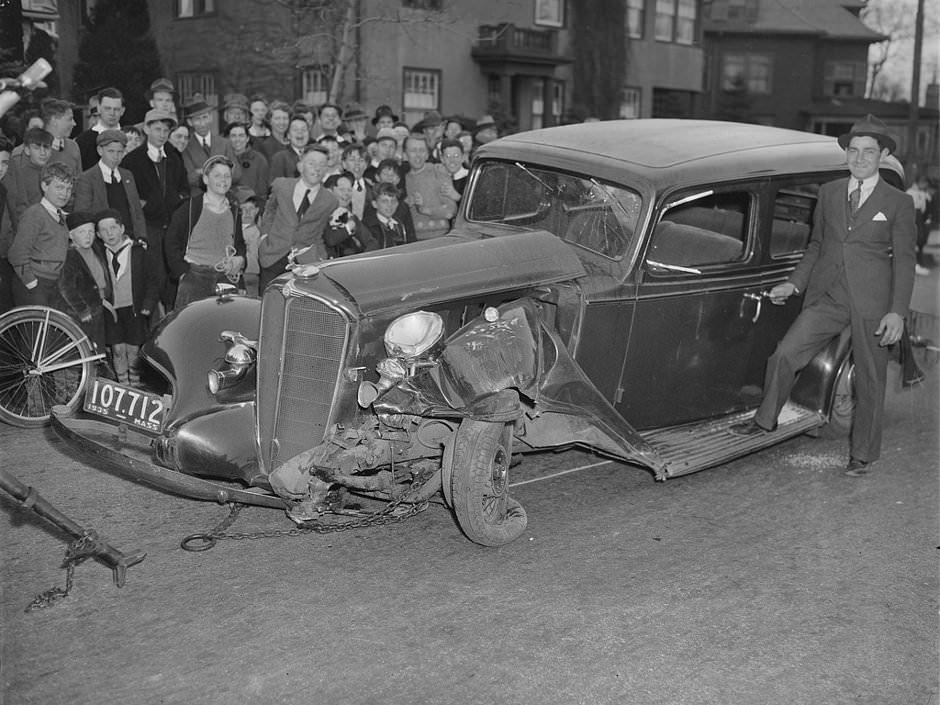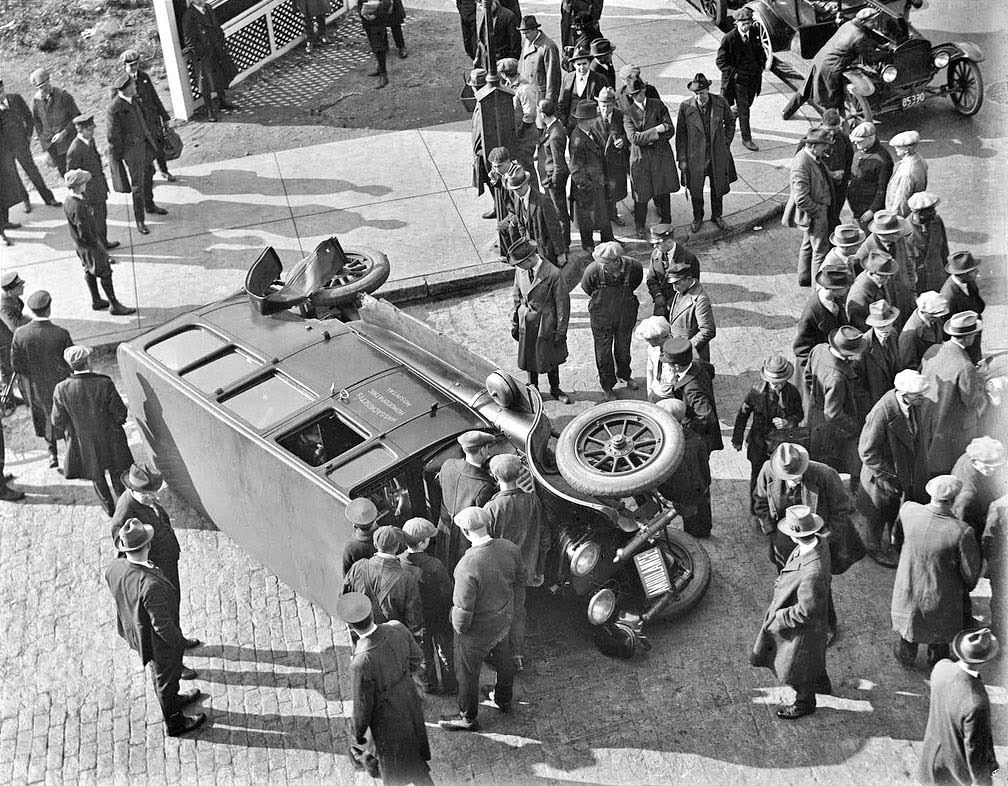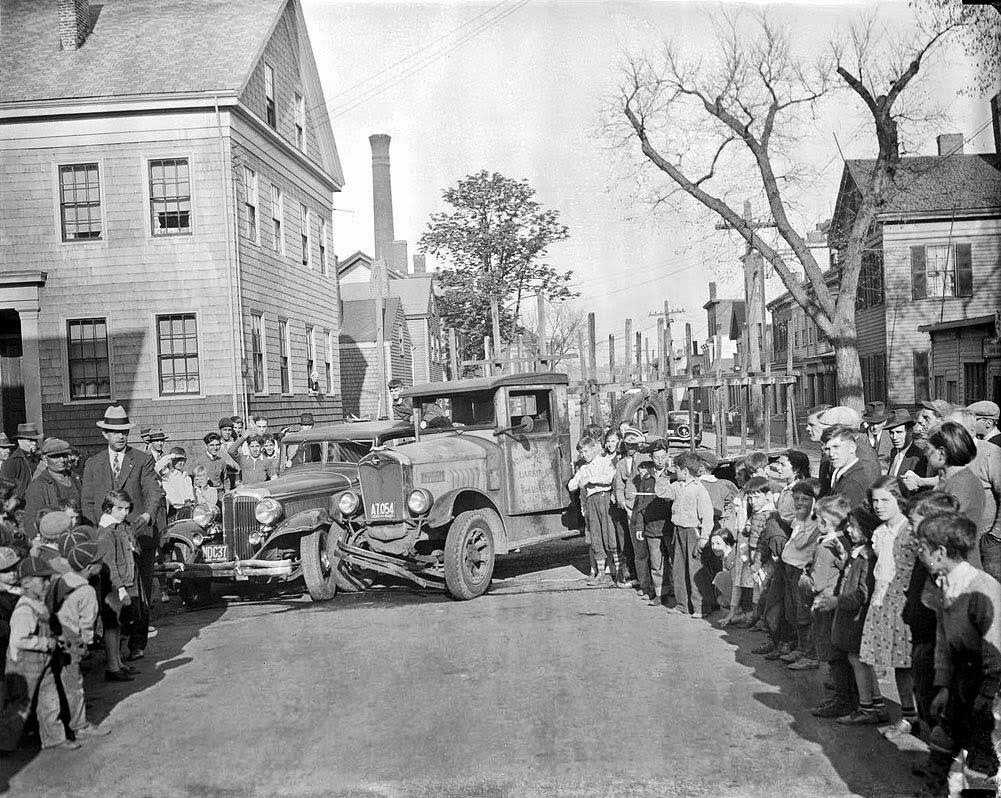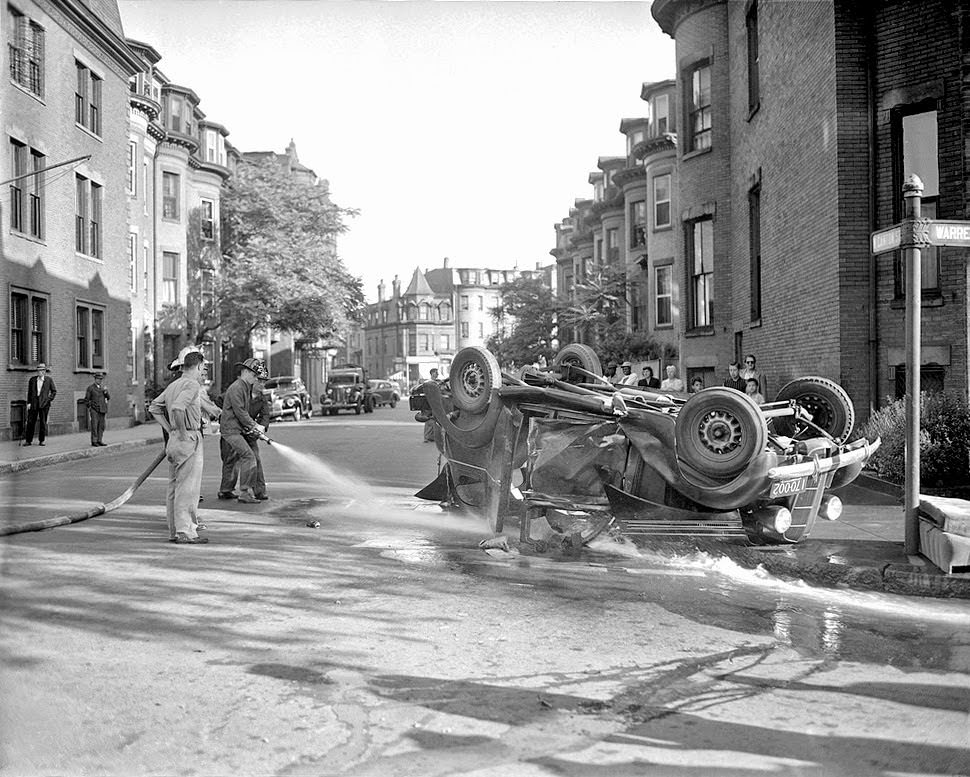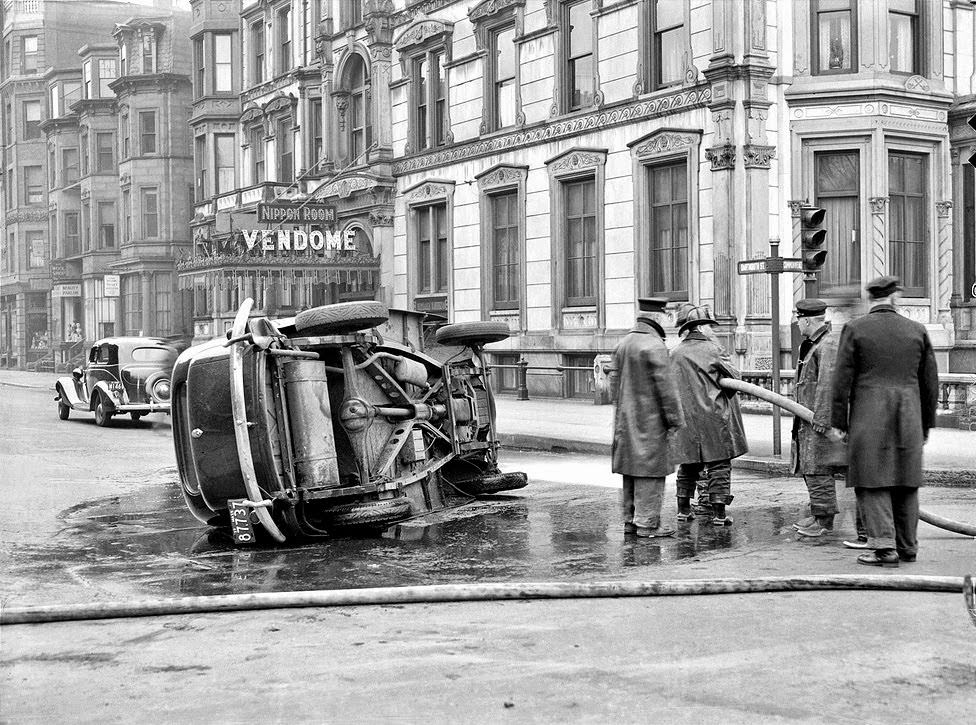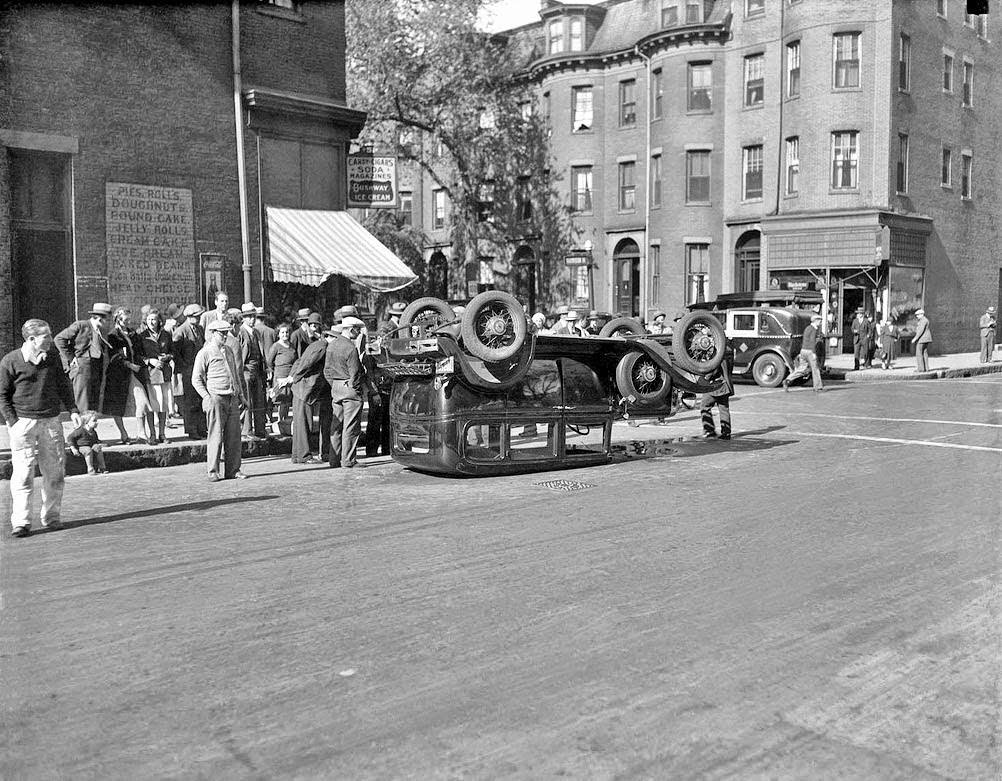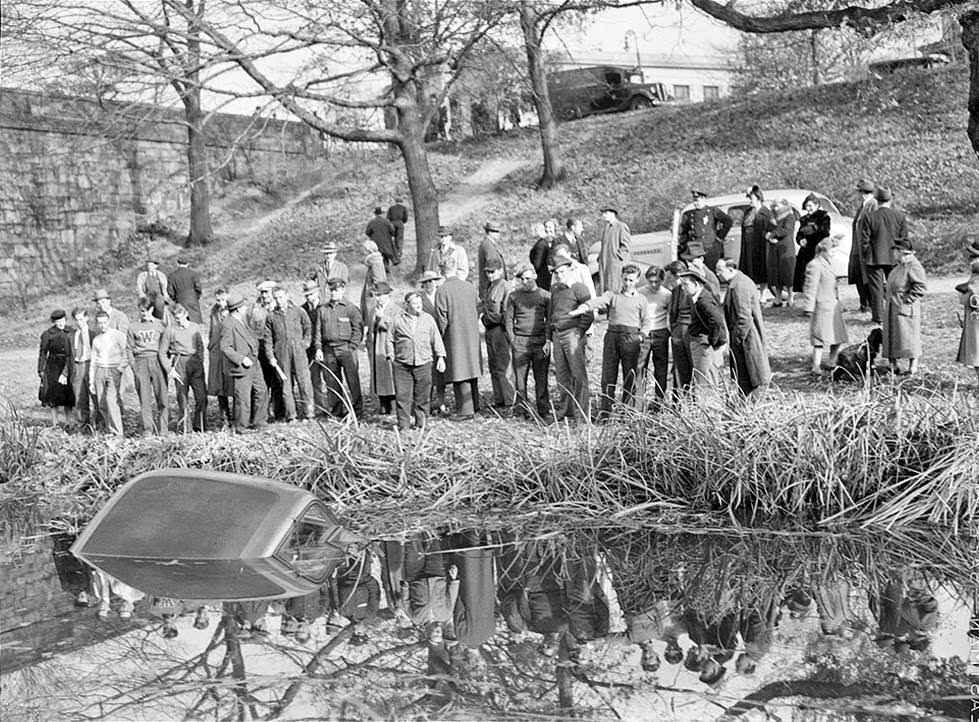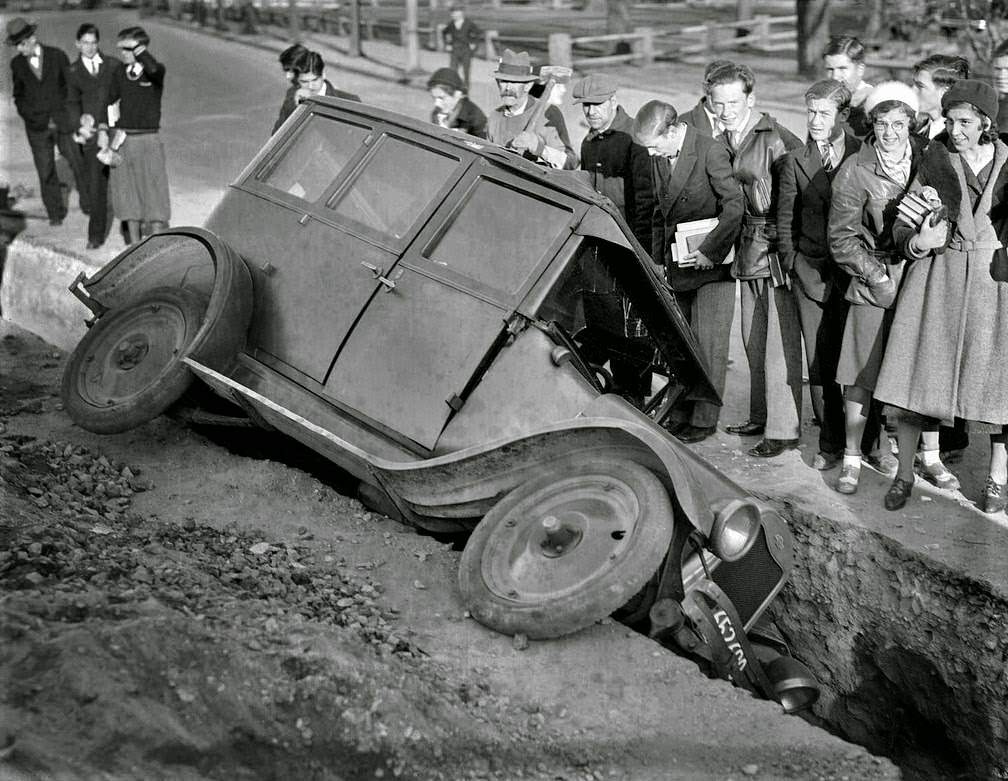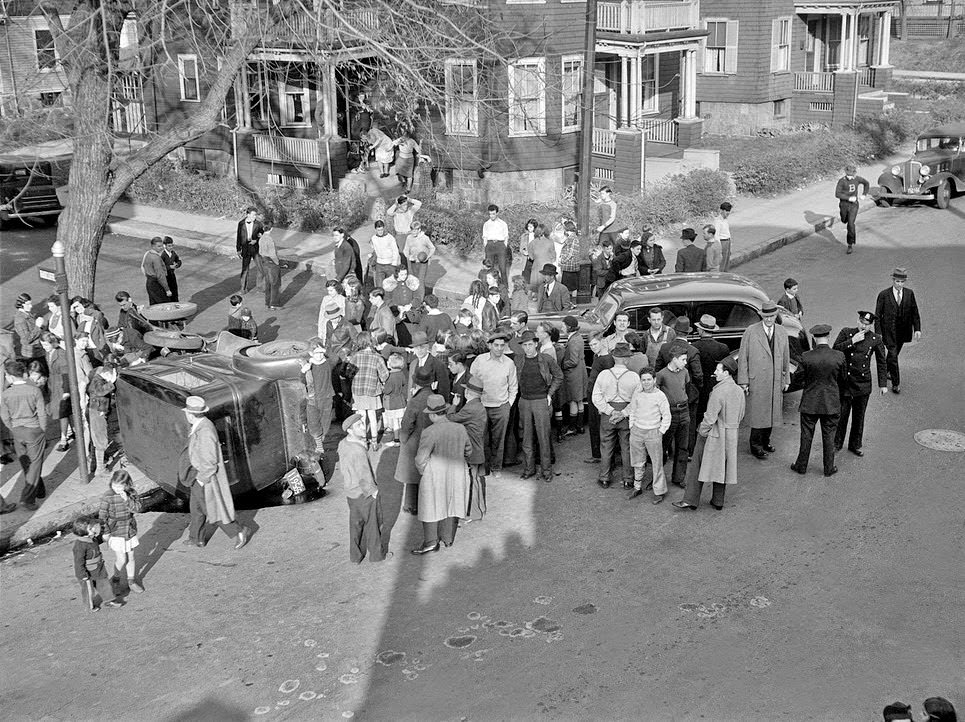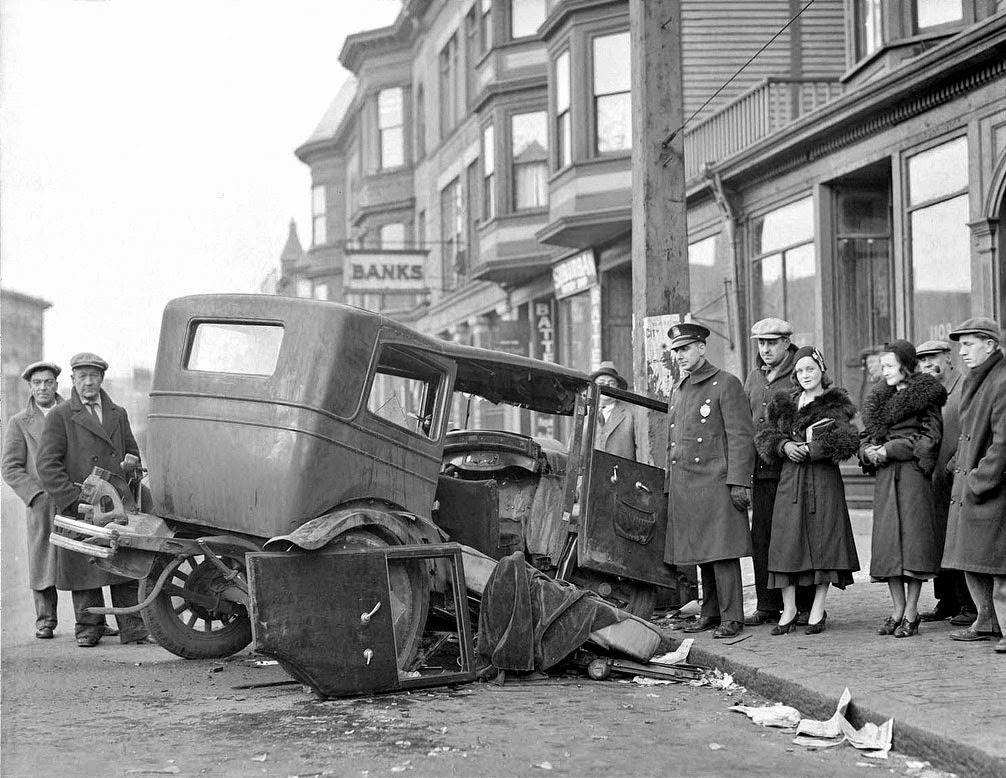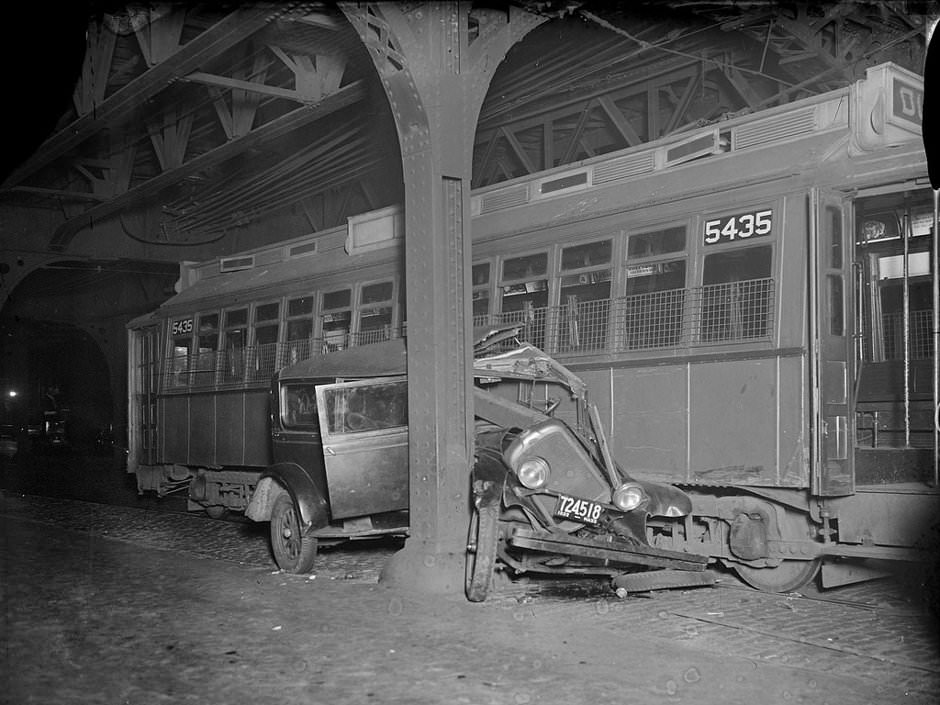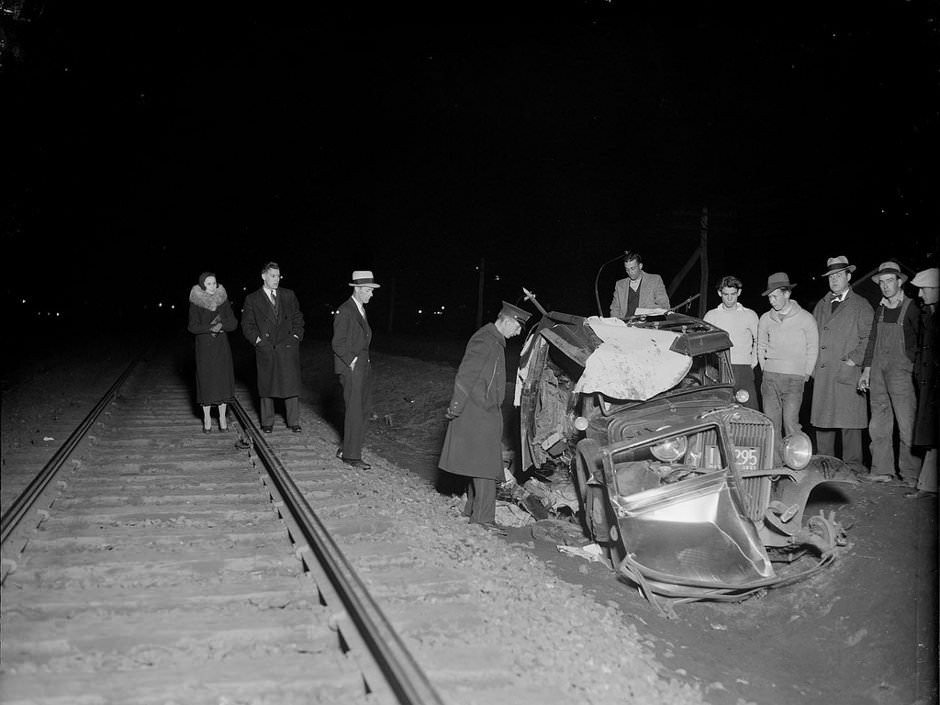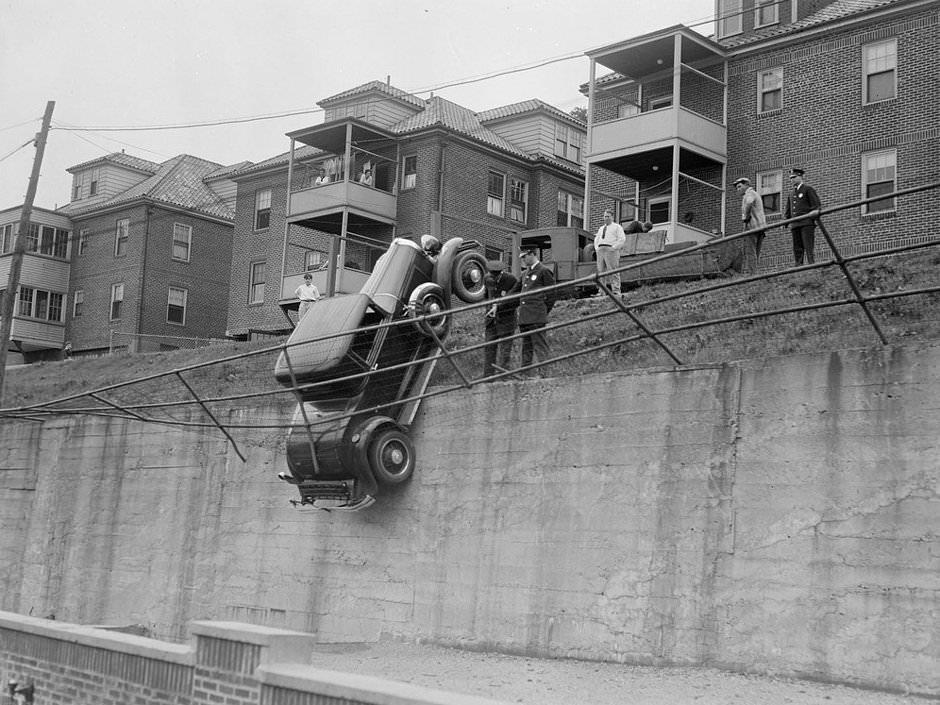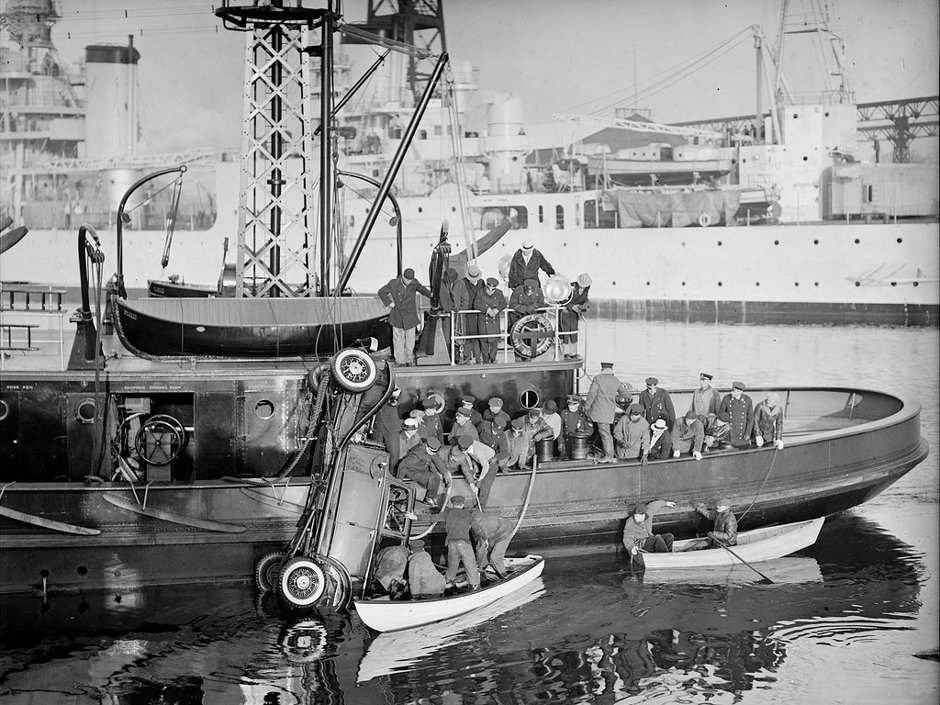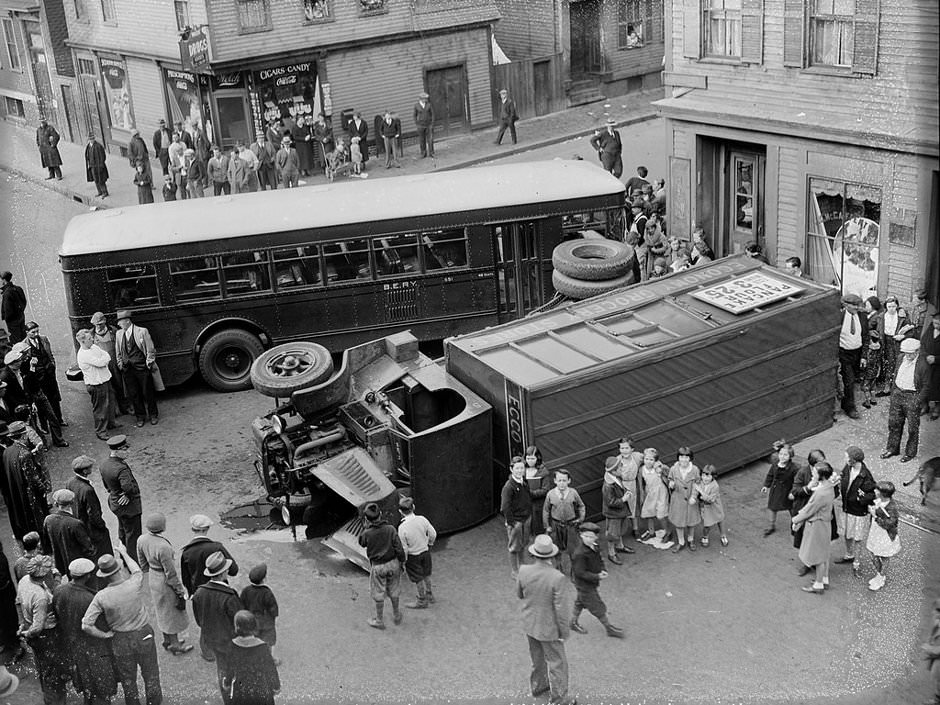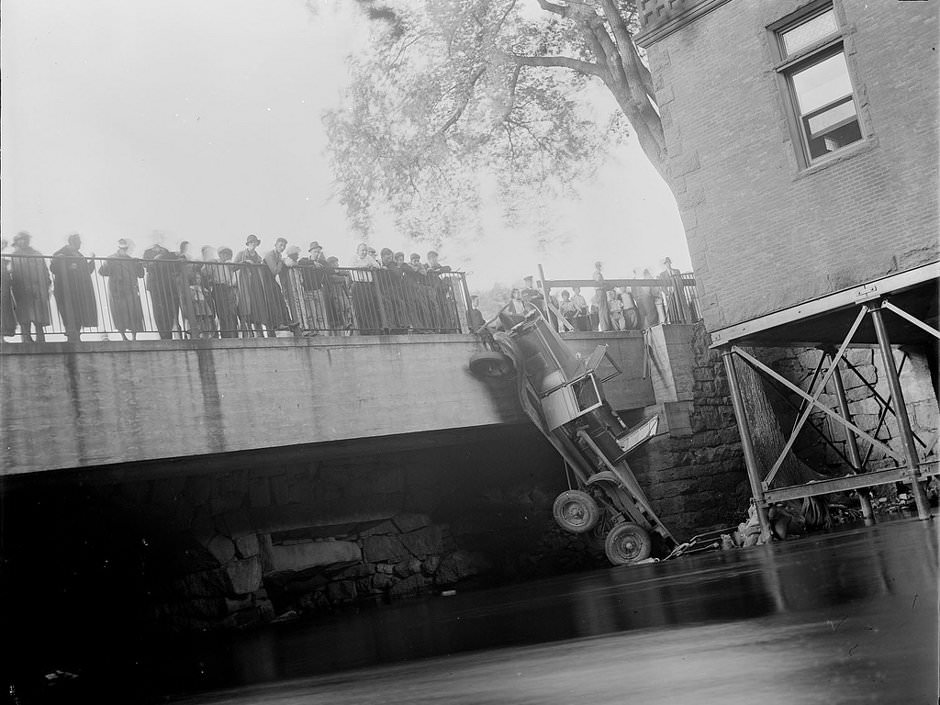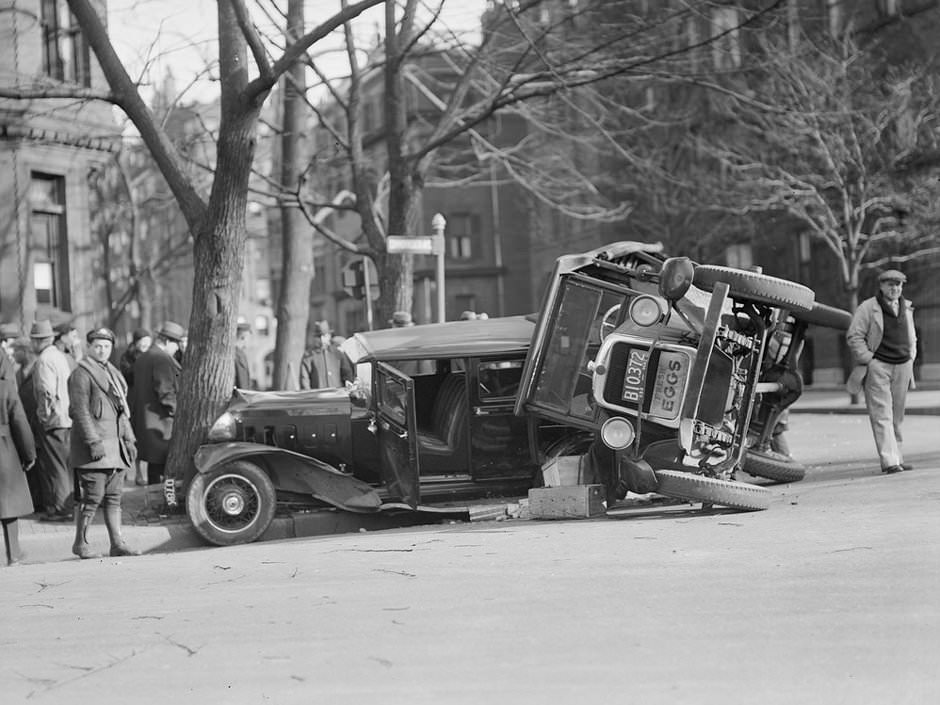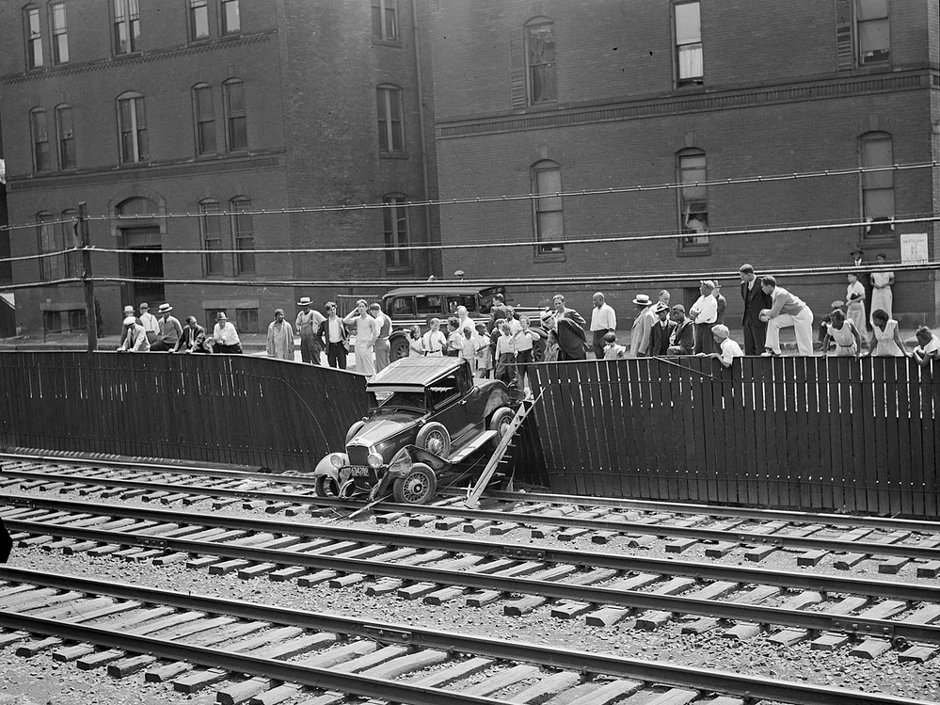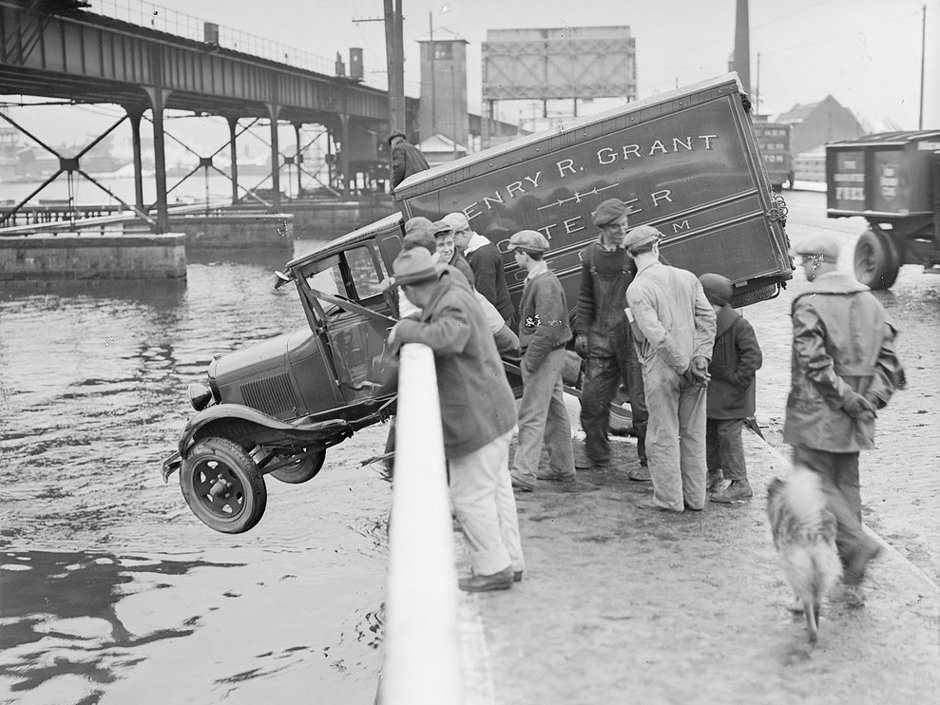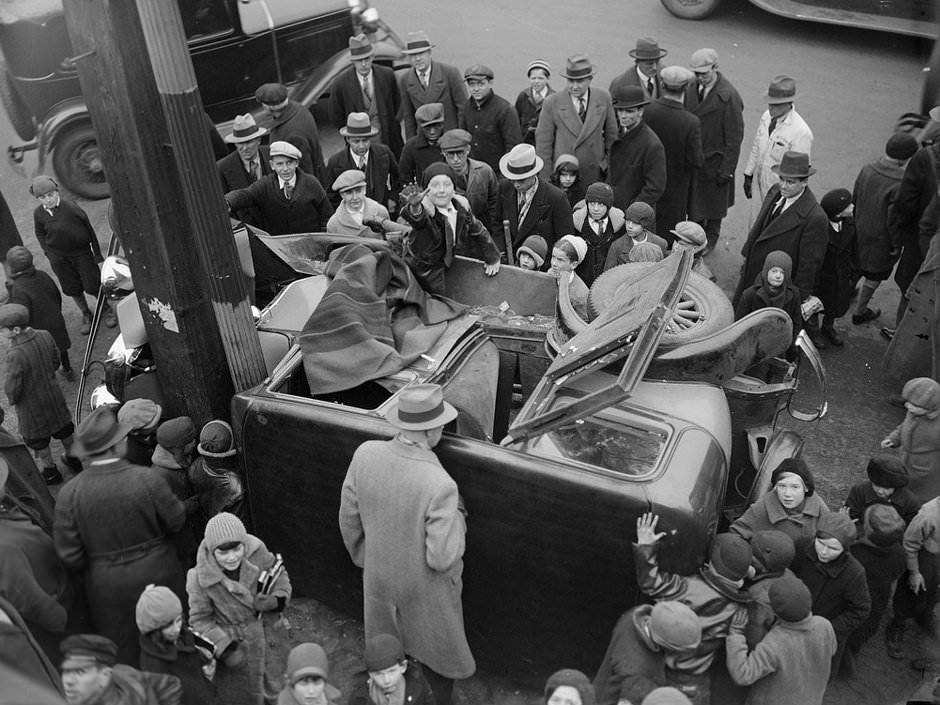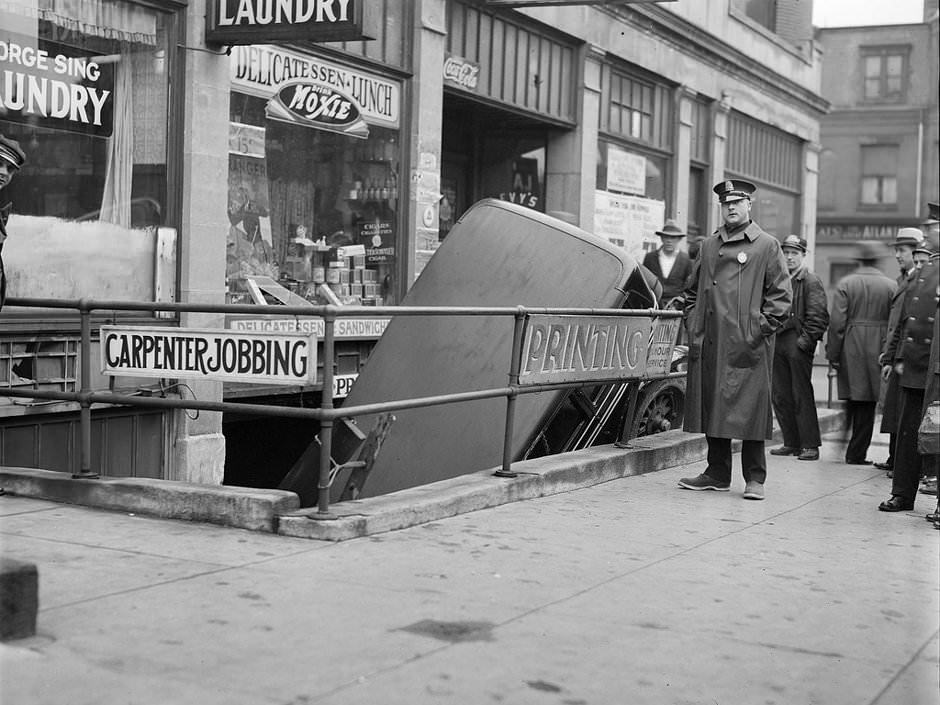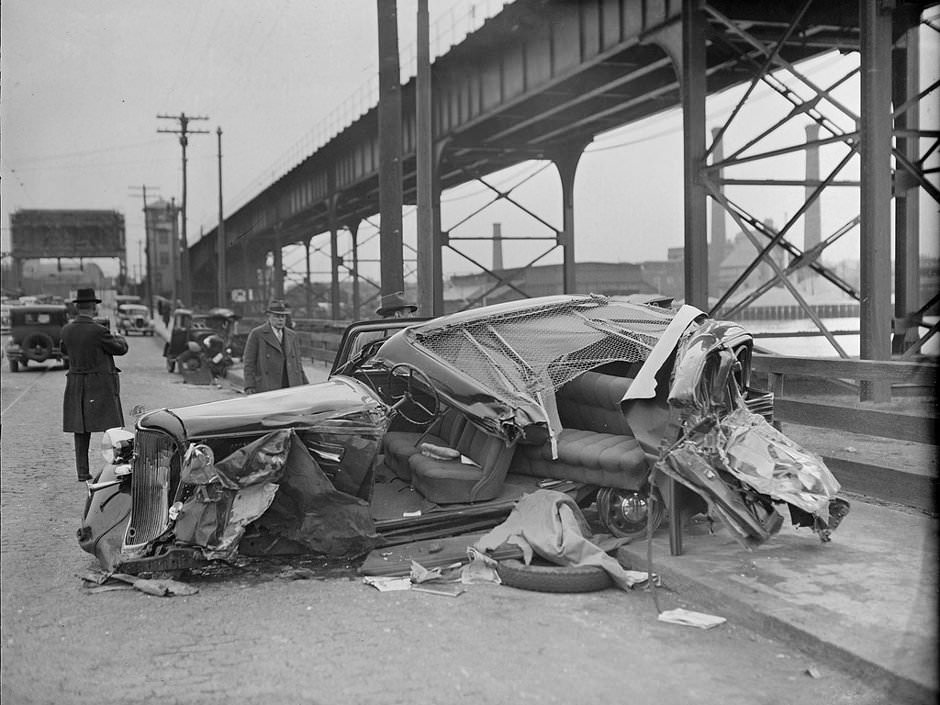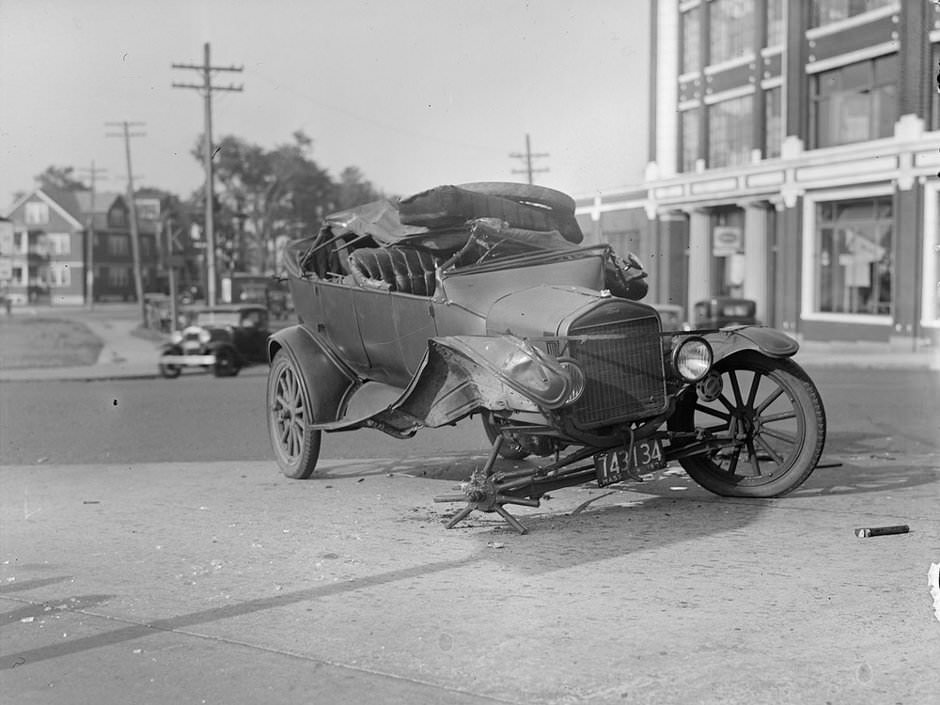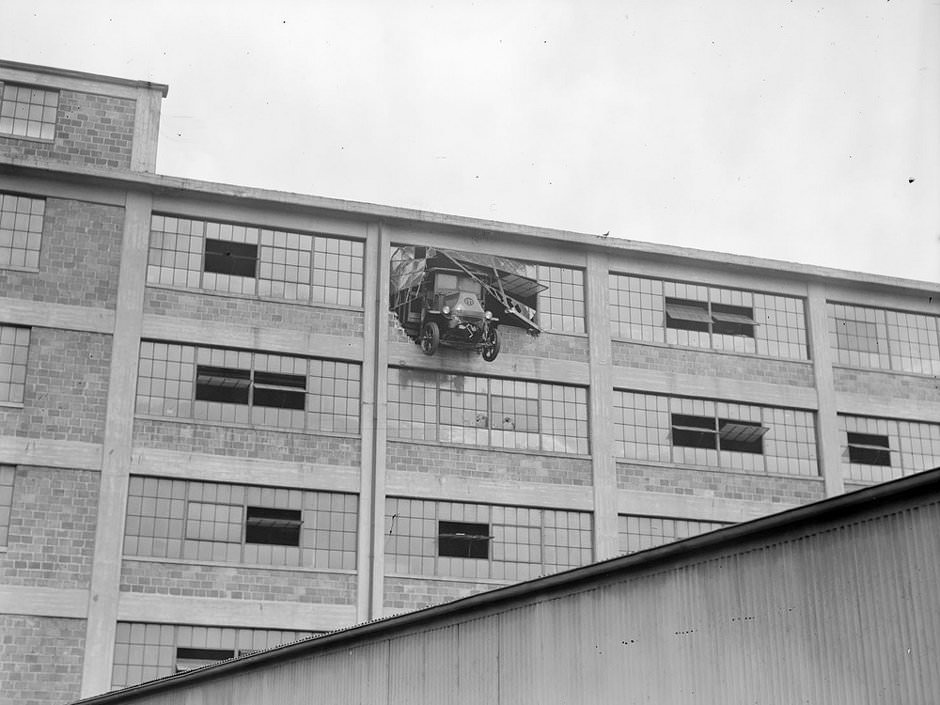The 1930s in Boston saw more cars on the road than ever before. These vehicles were very different from cars today. They had heavy metal bodies but lacked many safety features we now take for granted.
Seat belts were not common at all. Airbags did not exist. The steering columns were rigid metal. If a car stopped suddenly or hit something, people inside were thrown around easily. Glass in the windows was not safety glass like today, so it shattered into dangerous pieces during a crash.
Roads in Boston during the 1930s were also not like modern highways. Many were narrower and not as well-paved. Some roads outside the main city areas might still be dirt or gravel. Lane markings were not always clear or even present everywhere. Traffic lights were becoming more common but not on every corner. Stop signs were used, but drivers’ habits were still changing as cars became faster and more numerous.
When car wrecks happened, the results were often severe. The cars were built solid, but this meant they transferred a lot of force in a collision. There were no crumple zones designed to absorb impact energy. A crash often meant significant damage to the vehicle.
Help after an accident was also different. Ambulances and emergency services were not as quick or widespread as they are now. Getting medical help could take longer. The process of clearing a wreck and handling injured people relied more on police officers arriving and sometimes just people nearby helping out.
Car technology was improving through the 1930s, but speeds were also increasing. The combination of faster cars and less advanced safety features and roads made accidents a serious problem. Even a low-speed crash could cause injuries because the cars offered less protection to the people inside.
Repairing damaged cars was also a big job. Garages had different tools and methods than modern body shops. Parts might be harder to find or had to be custom-made.


